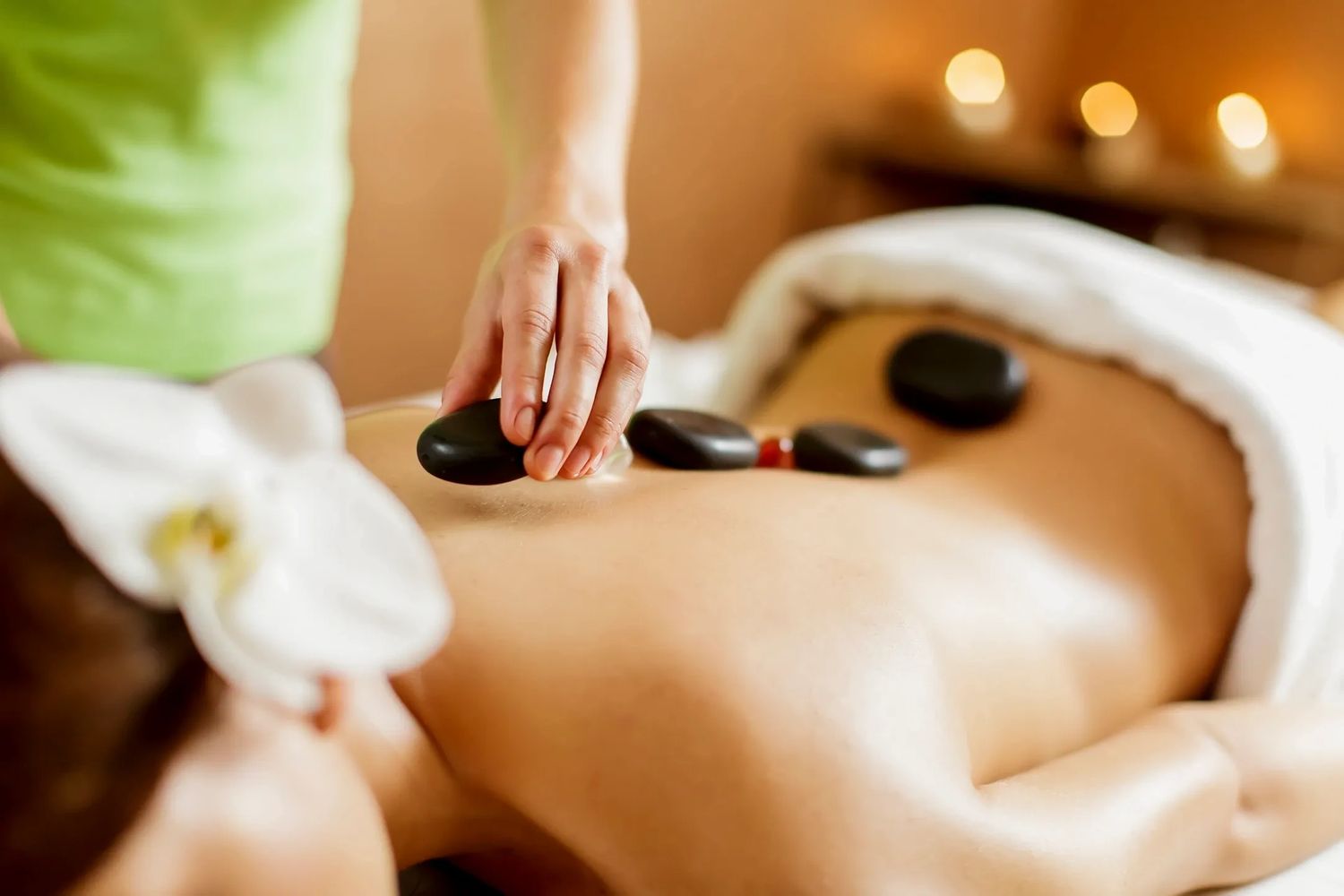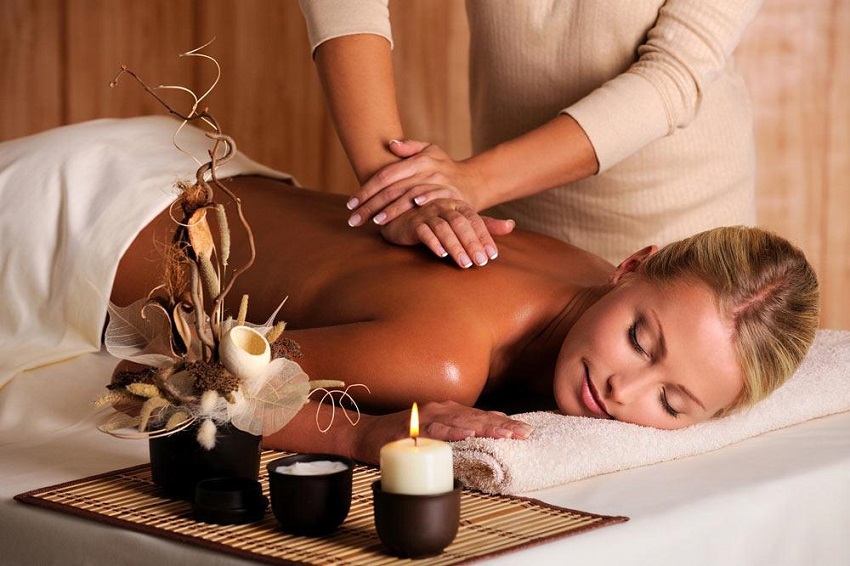Looking to indulge in a body massage? Discover the pros and cons you need to know before booking your appointment.
From the invigorating health benefits and pain relief to the blissful stress reduction Nila Singapore, a body massage can offer a range of positive effects.
However, it’s important to consider the cost implications and potential side effects before making your decision.
This comprehensive guide will provide you with the details you need to make an informed choice about this popular wellness practice.

Health Benefits
You can experience improved circulation and reduced muscle tension from body massage. Body massage, with its various relaxation techniques, has been found to have numerous health benefits. One of the most significant benefits is the improvement in blood circulation. During a massage, the pressure applied to your body stimulates the flow of blood, allowing it to reach all areas of your body more efficiently. This increased circulation helps in delivering oxygen and nutrients to your muscles and organs, promoting their overall health and function.
Additionally, body massage helps to reduce muscle tension. The manipulation of your muscles during a massage helps to release built-up tension and knots, allowing your muscles to relax. This can be particularly beneficial for individuals who experience chronic muscle pain or stiffness. By relieving muscle tension, body massage can help improve your range of motion and flexibility.
Furthermore, body massage has been known to release endorphins, which are natural painkillers and mood enhancers. This can result in an overall feeling of relaxation and well-being. It can also help reduce anxiety and stress levels, providing emotional and mental relief.
Pain Relief
If you’re looking for effective pain relief, getting a massage can be a great option. Massage therapy has been used for centuries as a means to alleviate pain and promote relaxation. When it comes to pain relief, massages can target specific areas of discomfort and help alleviate muscle tension.
Relaxation techniques used during a massage, such as deep breathing and focusing on the present moment, can help reduce stress levels and promote a sense of calm. This can have a positive impact on pain perception, as stress and anxiety can exacerbate physical discomfort.
Massage therapy also helps to release endorphins, which are the body’s natural painkillers. These feel-good chemicals can help reduce pain sensations and improve overall well-being.
Additionally, massages can help improve circulation and lymphatic flow, which can aid in the healing process for injuries and reduce inflammation.
However, it’s important to note that while massages can provide significant pain relief, they may not be a cure-all solution. It’s always best to consult with a healthcare professional to determine the underlying cause of your pain and to develop a comprehensive treatment plan.
Overall, massages offer an innovative approach to pain relief by incorporating relaxation techniques and targeting muscle tension. They can provide temporary relief and promote a sense of well-being, but should be used in conjunction with other medical interventions for long-term pain management.
Stress Reduction
Relaxation techniques used during a massage, such as deep breathing and focusing on the present moment, can help reduce stress levels and promote a sense of calm. When you incorporate these techniques into your massage experience, you not only reap the physical benefits but also improve your mental well-being.
Here are five innovative relaxation techniques that can enhance your massage experience and help you achieve a greater sense of calm:
- Mindfulness meditation: By focusing your attention on the present moment, you can let go of stress and anxiety, allowing yourself to fully relax during the massage.
- Aromatherapy: The use of essential oils during a massage can enhance relaxation and promote a sense of well-being.
- Progressive muscle relaxation: This technique involves tensing and then releasing each muscle group, helping to release tension and promote relaxation throughout the body.
- Guided imagery: By visualizing peaceful and calming scenes, you can engage your imagination and create a sense of tranquility during the massage.
- Music therapy: Listening to soothing music during a massage can help you relax and create a peaceful ambiance.

Cost Considerations
When it comes to cost considerations, it’s important to find a massage therapist who offers competitive rates without compromising on quality. Massage therapy can provide numerous benefits for your overall well-being, but it’s essential to find a balance between cost effectiveness and the quality of the service you receive.
When looking for a massage therapist, consider alternative options such as massage schools or spas that offer discounted rates for introductory sessions. These options can provide cost savings without sacrificing the quality of the massage. Additionally, some therapists offer package deals or loyalty programs that can help reduce the overall cost of regular sessions.
It’s also important to assess the value you’re receiving for the price you pay. Look for therapists who’ve received proper training and certification, as this ensures that they possess the necessary skills to provide a high-quality massage. Research their experience and read reviews from previous clients to gauge their expertise and customer satisfaction.
Don’t be afraid to ask questions about their pricing structure and any additional fees that may be involved. Transparency is key when it comes to cost considerations.
Potential Side Effects
You may experience some side effects after a massage, such as temporary soreness or fatigue, but these are typically mild and subside within a day or two. Massage therapy is generally safe, but like any medical or wellness treatment, there are potential risks and precautions to consider. It’s important to be aware of these before getting a massage to ensure a positive experience.
Here are some potential risks and precautions to keep in mind:
- Allergic reactions: Some individuals may have allergies to certain massage oils or lotions. If you’ve known allergies, inform your massage therapist beforehand.
- Bruising: Deep tissue massage or intense pressure can sometimes cause bruising, especially if you’ve sensitive skin or blood disorders. Communicate your comfort level to your massage therapist.
- Blood clots: Deep vein thrombosis (DVT) is a rare but serious condition where blood clots form in the deep veins of the body. If you’ve a history of DVT or are at risk, consult with your healthcare provider before getting a massage.
- Infections: If proper sanitation practices aren’t followed, there’s a small risk of contracting infections. Ensure that your massage therapist follows strict hygiene protocols.
- Pre-existing conditions: If you’ve any pre-existing medical conditions, such as cancer, diabetes, or heart disease, consult with your healthcare provider before getting a massage to ensure it’s safe for you.
Conclusion
In conclusion, body massage offers numerous health benefits such as pain relief and stress reduction. It can be an effective way to relax and improve overall well-being.
However, it’s important to consider the cost of regular massages and potential side effects that may occur. It’s recommended to consult with a healthcare professional before starting any massage therapy.
Ultimately, it’s up to individual preference to weigh the pros and cons and decide if body massage is right for them.